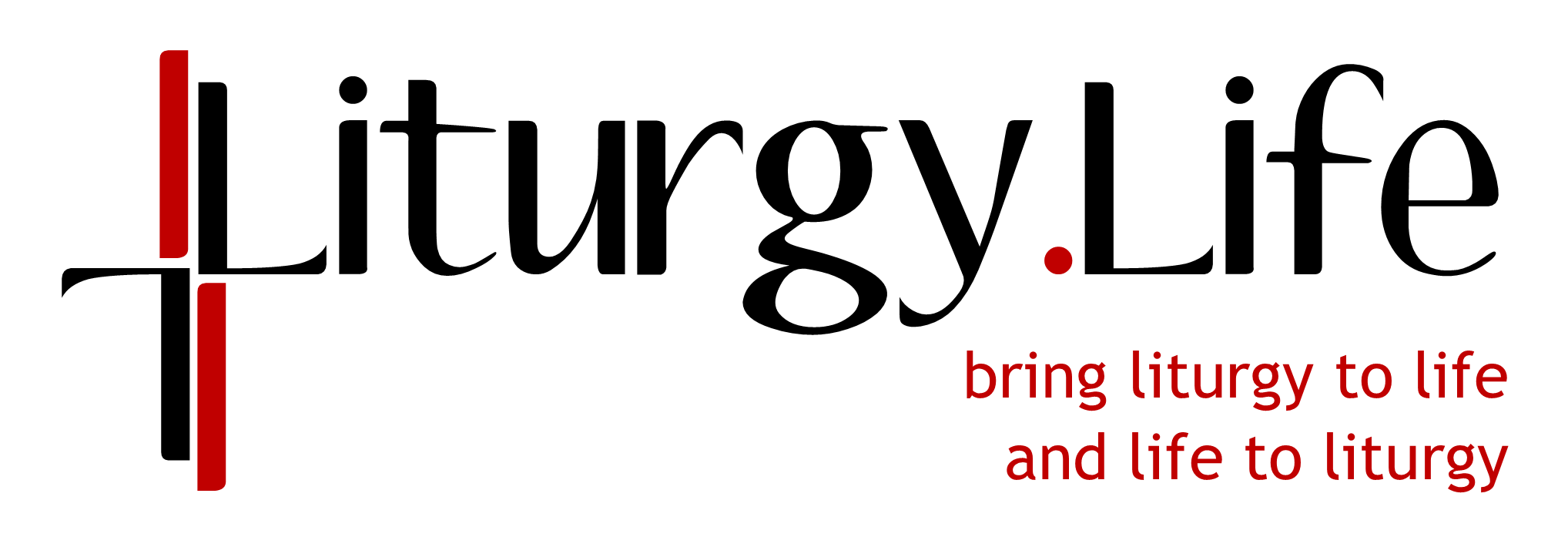This Sunday at St. Columba, we will celebrate the first of three scrutinies with our catechumens — Tucker Pinochi and Elizabeth Chaponot. On the first Sunday of Lent, our catechumens were chosen for initiation at the Easter Vigil in the Rite of Election. In that rite, they became “elect” and began a 40-day period of intense spiritual preparation. The core of that preparation is the celebration of the three scrutinies on the Third, Fourth, and Fifth Sundays of Lent.
The church teaches that the purpose of the scrutinies is to “complete the conversion of the elect and deepen their resolve to hold fast to Christ and to carry out their decision to love God above all” (Rite of Christian Initiation of Adults 141).
But the church also teaches that before the catechumens can become elect, they are to have already “undergone a conversion in mind and in action and to have developed a sufficient acquaintance with Christian teaching as well as a spirit of faith and charity” (RCIA, 120).
So if their conversion has already taken place, what do the scrutiny rites do?
We celebrate the scrutinies with the elect because of the awe-filled reality of the new role will be taking on when they are initiated. At the heart of the three scrutinies are three gospel stories—the Samaritan woman at the well, the man born blind, and raising of Lazarus. These gospels remind the elect — and indeed all of us — of the far-reaching and cosmic “death-dealing power of evil” (RCIA 175).
In order take on their new role as members of the baptized priesthood, the three scrutinies provide the elect with a spiritual, small-s-sacramental process that enables them to fully grasp what it is God is doing in their lives and what they are being called to as disciples.
Why the scrutinies are required
In each of the three gospel stories, Jesus heals radical sin and frees the story characters from the death that evil causes. The act of proclaiming the three gospel stories in the context of sacramental prayer “scrutinizes” the elect, challenging them to examine their own hearts and contemplate the gobsmacking, astounding, awe-filled, wondrous, graceful, loving thing God has done in them.
The stories, prayers, and actions of the scrutinies are also meant to strengthen their wobbling knees and trembling hearts as the sacred enormity of their impending baptismal promise begins to sink in. While God has freed them from death, God has also freed them for mission. This is why the rite says that all three scrutinies are required. Only the bishop can dispense the obligation to celebrate them and then only with serious pastoral reason (see RCIA 20).
Sometimes the scrutinies feel difficult to celebrate. The language of “scrutiny” and “exorcism” and even “sin” does not sit well with us, especially when applied to a really wonderful people like our current elect — Tucker and Elizabeth. What we have to understand is the celebration of the scrutinies is not some kind of remedial corrective for an ill-lived life. It is a spiritual, sacramental rite that frees the elect from the “death-dealing power of evil” that confronts all of us, every day.
The scrutinies liberate the elect from the dominion of darkness and bring them into the light of Christ. It is a grace that we cannot minimize and cannot deny to those who are about to enter the waters of baptism.


Leave a Reply